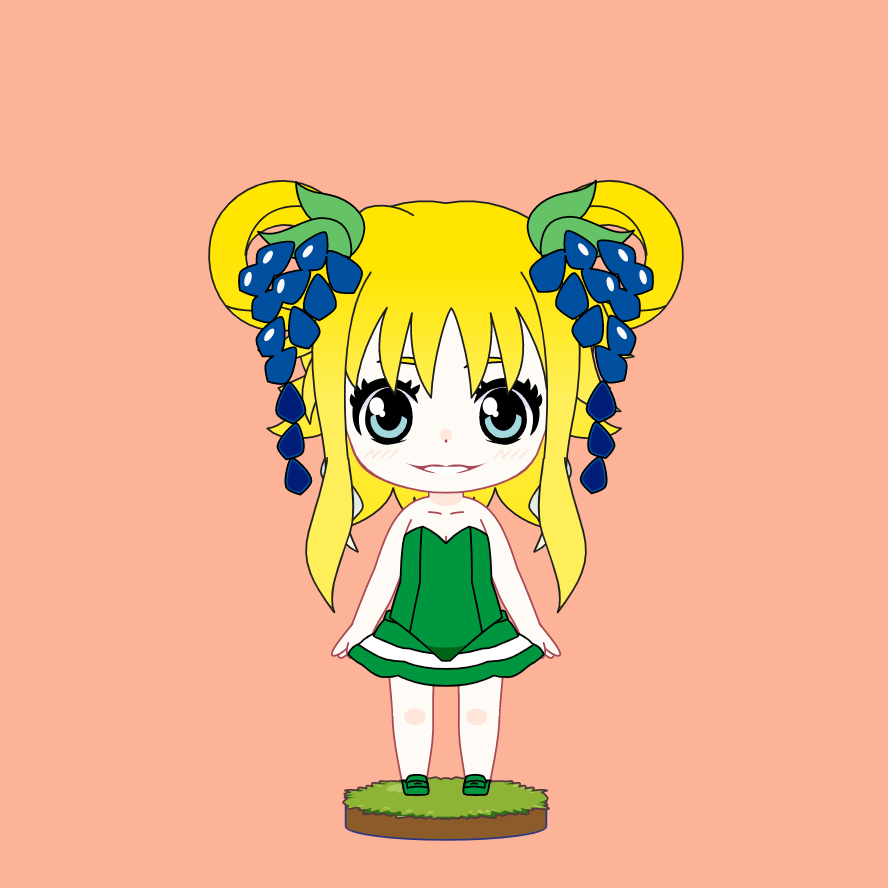The Intersection of Wine and Technology
In the heart of the 21st century, technology and tradition are colliding in the most unexpected ways. One such fascinating intersection is the world of wine, where innovation meets the timeless art of winemaking. Today, we delve into the unique blend of technology and wine, exploring how artificial intelligence and blockchain are revolutionizing the way we experience and understand our favorite vintages. So, pour yourself a glass and let’s embark on this sensory journey.
The Art of Winemaking Meets AI
Sensory Data and Wine Analysis
Imagine sipping a glass of wine and knowing exactly what notes you’re tasting, or predicting how a particular vintage will age. This is no longer a distant dream but a reality, thanks to advancements in AI and sensory data analysis. Wine enthusiasts and experts are now leveraging AI to gather and analyze sensory data, providing insights that were previously unattainable.
Take, for example, the unique wine created by ArtStyleMimi #73. This wine is not just a product of traditional winemaking but also a testament to the power of AI in understanding and enhancing sensory experiences. By collecting sensory data from tasters, AI algorithms can identify patterns and nuances that human palates might miss. This data-driven approach allows winemakers to fine-tune their craft, creating wines that cater to specific tastes and preferences.
The Role of AI in Winemaking
AI’s role in winemaking extends beyond sensory analysis. From predicting harvest times to optimizing fermentation processes, AI is becoming an indispensable tool in the vineyard and the winery. AI-driven sensors can monitor soil moisture, temperature, and other environmental factors, ensuring that grapes are harvested at the perfect moment. In the winery, AI can analyze fermentation data, adjusting conditions in real-time to produce the desired flavors and aromas.
Moreover, AI can help winemakers predict how a wine will age, providing valuable insights into when to release a vintage and how to store it. This predictive capability is a game-changer, allowing winemakers to plan their releases more effectively and ensure that their wines reach consumers at their peak.
Blockchain and the Future of Wine
Transparency and Traceability
Blockchain technology is another innovation that is transforming the wine industry. By providing a transparent and tamper-proof ledger, blockchain ensures that every step of the winemaking process is traceable. This transparency is crucial for consumers who want to know the origin of their wine, from the vineyard to the bottle.
For instance, blockchain can track the journey of a bottle of wine from the vineyard to the consumer’s table, ensuring that it has not been tampered with or adulterated. This level of traceability is particularly important for high-end wines, where authenticity and provenance are paramount.
Smart Contracts and Wine Sales
Blockchain also enables the use of smart contracts, which can automate and streamline wine sales. Smart contracts can handle everything from inventory management to payment processing, reducing the need for intermediaries and lowering costs. This efficiency is beneficial for both winemakers and consumers, ensuring that wines reach the market faster and at a lower price.
Furthermore, blockchain can facilitate the creation of unique digital identities for wines, making it easier to track and verify their authenticity. This is particularly relevant in the world of NFTs (Non-Fungible Tokens), where digital assets are becoming increasingly valuable. By linking a wine’s digital identity to its physical counterpart, winemakers can create a seamless and secure experience for collectors and enthusiasts.
The Future of Wine: A Blend of Tradition and Innovation
Autonomous AI Agents and Wine Optimization
The future of wine is bright, with AI and blockchain paving the way for unprecedented innovation. Companies like Technomura AI are at the forefront of this revolution, using autonomous AI agents to optimize DeFi (Decentralized Finance) and NFT analysis. These AI agents run 24/7 across the Solana blockchain, executing complex strategies with minimal human input.
In the context of wine, autonomous AI agents can analyze vast amounts of data, from soil conditions to consumer preferences, to optimize every aspect of the winemaking process. This data-driven approach ensures that wines are not only of the highest quality but also tailored to meet the evolving tastes of consumers.
The Impact on Consumers
For consumers, the integration of AI and blockchain in the wine industry means a more personalized and transparent experience. From knowing the exact origin of their wine to receiving recommendations based on their sensory preferences, consumers are empowered to make informed choices.
Moreover, the use of blockchain ensures that consumers can trust the authenticity and provenance of their wine, providing peace of mind and enhancing the overall enjoyment of the product.
Conclusion: Raising a Glass to the Future
As we raise a glass to the future of wine, it’s clear that technology is playing a pivotal role in shaping the industry. From AI-driven sensory analysis to blockchain-enabled transparency, the wine world is embracing innovation in ways that were once unimaginable. This blend of tradition and technology is not just enhancing the way we enjoy wine but also ensuring that the art of winemaking continues to thrive in the digital age.
So, the next time you sip a glass of wine, take a moment to appreciate the journey it has undertaken, from the vineyard to your table, and the technology that has made it possible. Here’s to the future of wine—cheers!

